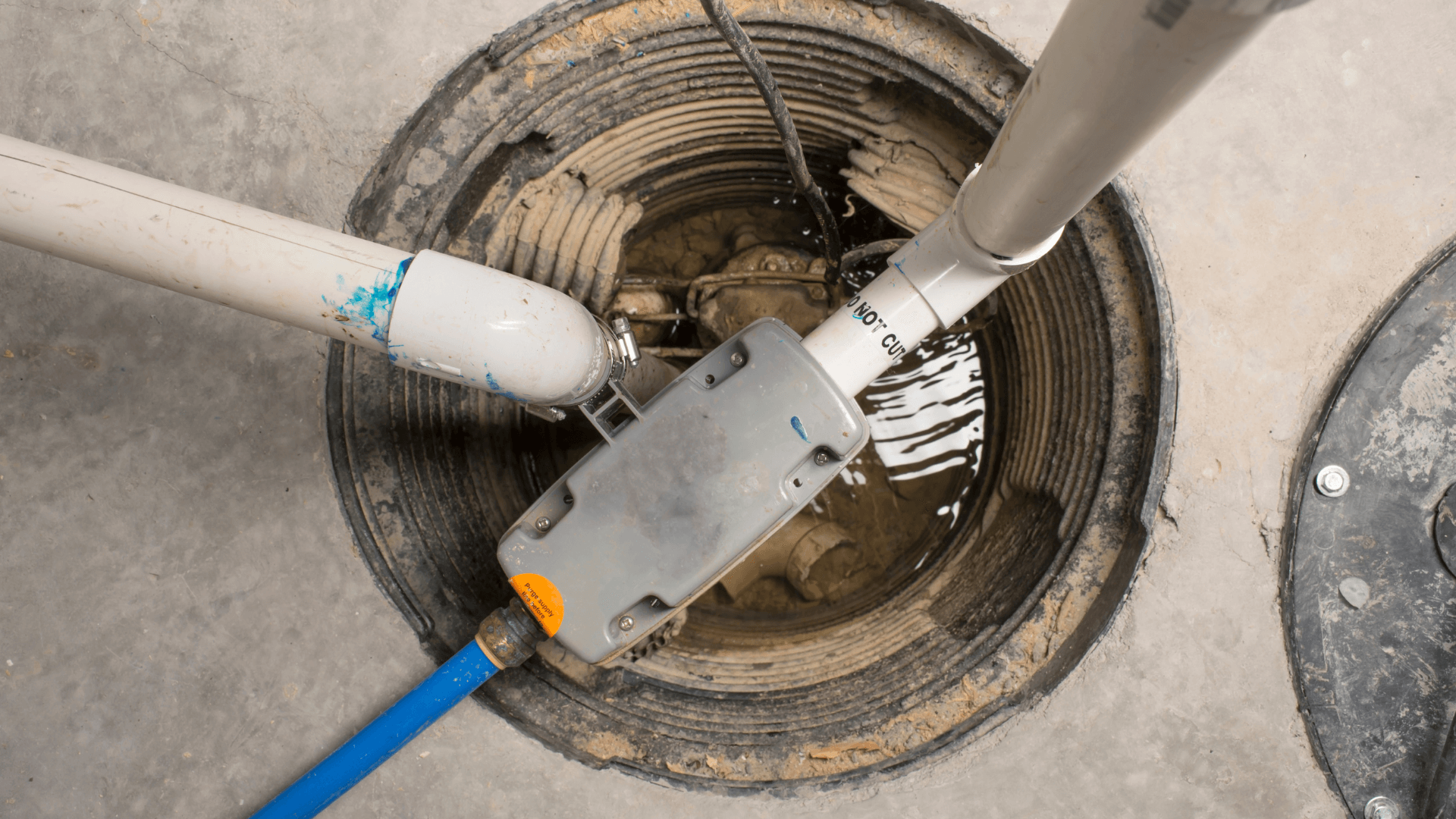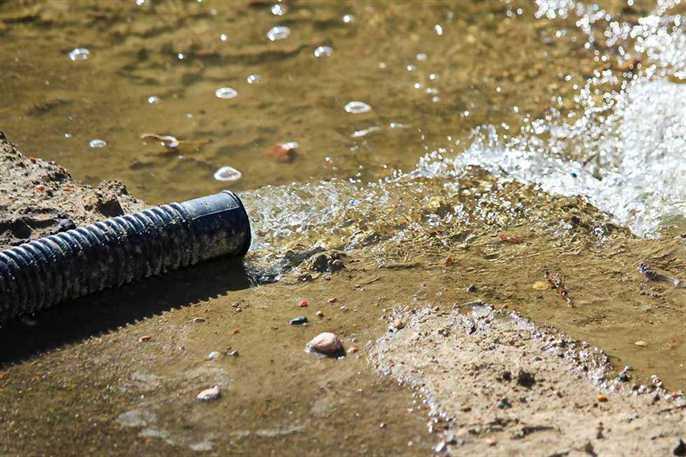We've unearthed this post on How To Effectively Clean A Sump Pump listed below on the web and believe it made perfect sense to write about it with you here.

Sump pumps are crucial parts in lots of homes, particularly in locations susceptible to flooding or too much dampness. They aid protect against water damages by efficiently getting rid of excess water from basements or crawl spaces. Nevertheless, like any other home appliance, sump pumps require normal upkeep to guarantee they function successfully when needed one of the most. Cleaning your sump pump is an essential part of its maintenance, and recognizing how to do it properly can conserve you from costly repair work and prospective disasters.
Intro
Maintaining a clean sump pump is crucial for its proper performance and long life. Ignoring this important task can lead to clogs, breakdowns, and ultimately, water damage to your home. For that reason, discovering just how to clean up a sump pump is important for homeowners that count on these devices to keep their basements completely dry and protected.
Understanding the Sump Pump
Prior to diving into the cleansing procedure, it's vital to have a standard understanding of exactly how a sump pump works. Usually installed in a pit or container below the cellar floor, a sump pump contains several vital parts, including a pump, a float button, and a discharge pipe. When water gathers in the pit, the float switch activates the pump, which then pumps the water out through the discharge pipeline, away from the structure's structure.
Signs of a Dirty Sump Pump
Knowing when your sump pump needs cleaning is essential for avoiding prospective malfunctions. Some common signs that indicate a dirty sump pump consist of weird sounds during operation, minimized water flow, and noticeable particles in the pit. If you discover any of these signs and symptoms, it's necessary to clean your sump pump immediately to avoid any more problems.
Getting ready for Cleaning
Before you start cleansing your sump pump, it's vital to take some security preventative measures. Begin by shutting down the power to the pump to prevent any kind of electric accidents. Furthermore, put on suitable protective equipment, such as handwear covers and safety glasses, to secure on your own from dirt, particles, and prospective microorganisms.
Step-by-step Guide to Cleaning a Sump Pump
Turning off the Power
Begin by detaching the power supply to the sump pump to avoid any crashes while cleansing.
Eliminating Particles and Dust
Make use of a bucket or an inside story to remove any type of visible particles, dust, or sediment from the sump pit. Dispose of the particles effectively to avoid it from obstructing the pump or the discharge pipe.
Cleaning up the Pump and Drift Switch
When the pit is free from particles, very carefully get rid of the pump from the pit. Inspect the pump and the float switch for any kind of signs of damage or wear. Utilize a soft brush or fabric to clean up the surfaces and remove any gathered crud.
Purging the System
After cleansing the pump and float button, flush the sump pit with tidy water to get rid of any type of staying dirt or debris. This will aid make certain that the pump operates smoothly and effectively.
Checking for Correct Performance
Before re-installing the pump, perform a quick test to ensure that the float switch activates the pump properly. Put some water right into the sump pit and observe the pump's operation. If whatever is working properly, you can rebuild the pump and reconnect the power supply.
Maintenance Tips to Maintain Your Sump Pump Clean
In addition to regular cleaning, there are a number of upkeep pointers you can follow to maintain your sump pump in ideal problem:
- Routine Assessment: Examine your sump pump frequently for any indications of wear, damage, or obstructions.
- Maintaining the Surrounding Location Clean: Guarantee that the area around the sump pit is without debris, dirt, and obstructions.
- Examining the Pump Regularly: Check your sump pump regularly by pouring water right into the pit and observing its operation. This will certainly help you determine any prospective problems before they intensify.
Final thought
Cleansing your sump pump is an essential aspect of its upkeep and makes sure that it operates properly when you need it one of the most. By following the steps laid out in this overview and incorporating routine maintenance right into your regimen, you can expand the lifespan of your sump pump and safeguard your home from water damage.
How To Inspect And Clean A Sump Pump
There are a few things you may want to look for when inspecting your sump pump. These include:
- Leaks: If you notice any leaks around the sump pump, it likely needs to be repaired or replaced.
- Mud or Water: If there is any mud or water around the sump pump, it’s likely that it’s not working properly and needs to be cleaned.
- Noises: If you hear any strange noises coming from the sump pump, it may be indicative of a problem.
Next, you’ll need to clean the sump pump. If you notice any of these issues, it’s best to clean the sump pump as soon as possible. To do this, you’ll need to remove the pump from its housing. Be sure to have a bucket handy to catch any water that may spill out. Once the pump is removed, use a brush or a spray nozzle to clean off all of the mud and debris. You may also want to check the impeller for damage or wear and tear. If you find any damage, you’ll need to replace the pump.
Once the pump is clean, reattach it to its housing and replace any parts that were removed. Be sure to test the pump before putting everything back in place. Once everything is back in order, put the cover back on the sump pit and refill it with water.
https://elekplumbing.com/blog/how-to-inspect-and-clean-a-sump-pump/

I am very eager about Cleaning & Maintenance Tips for Your Home's Sump Pump and I'm hoping you liked our page. If you appreciated our blog entry plz consider to pass it around. We enjoy reading our article about How To Effectively Clean A Sump Pump.
Apply Now
Comments on “Straightforward Tips for Maintaining Your Sump Pump”